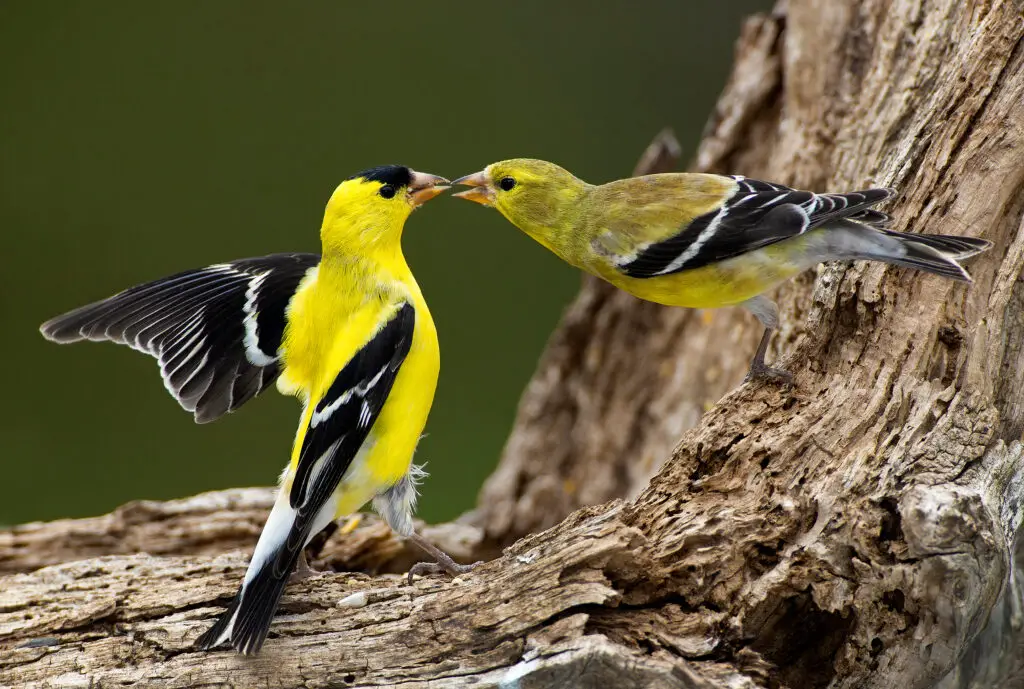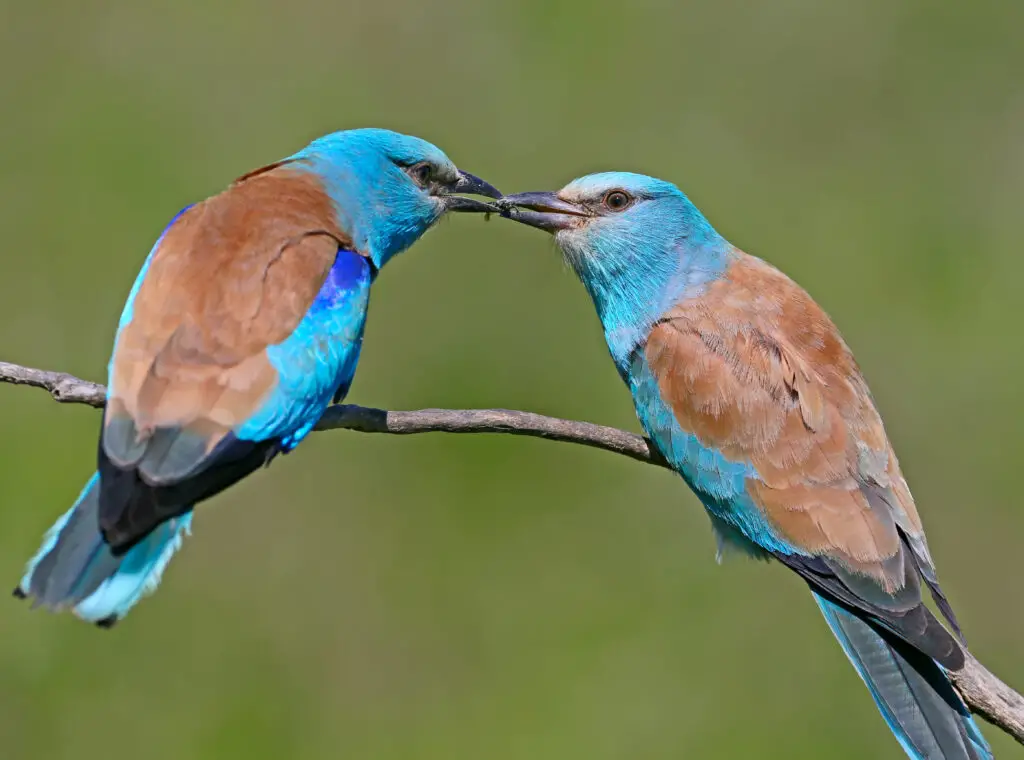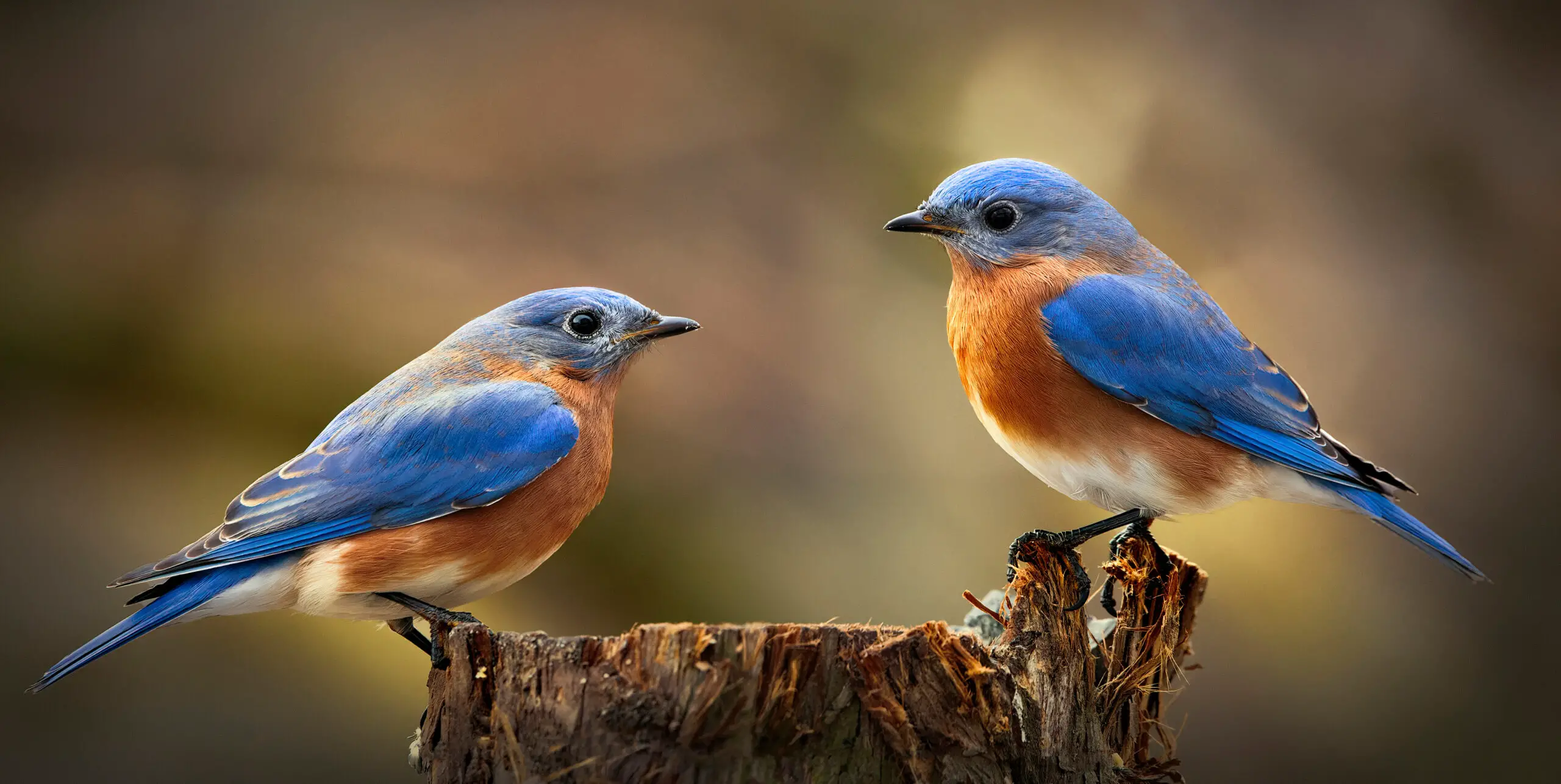Most birds reproduce sexually, through the transfer of genetic material from two parents. Sexual reproduction is an important process for evolution and adaptation in bird species.
This article will explore how birds have sex, including the roles of male and female birds in sexual activity and reproductive physiology. It aims to provide a comprehensive overview of avian mating behavior and its biological underpinnings.
Through this discussion, readers will gain insights into the unique ways that birds engage in sexual activity to produce offspring.

Anatomy And Physiology Of Avian Reproduction
Avian reproduction is a complex process involving the physiological and behavioral interplay of hormones, gender roles, and anatomical structures. Hormonal regulation plays an important role in avian reproduction by controlling sexual maturation, egg production, mating behavior, nest building, incubation of eggs, and parental care.
The endocrine system is responsible for secreting these hormones which determine when birds will reach reproductive maturity.
The roles that each bird must play during the breeding cycle are determined by its sex; males typically take on a more active role while females provide most of the parental care after hatching. Males typically exhibit courtship behaviors such as singing to attract mates and displaying colorful feathers or plumage to demonstrate their viability as potential partners.
Females often choose mates based on signs of good health displayed through song quality and physical attributes like size or feather color. In both sexes, different regions of the brain control specific aspects of reproductive behavior including mate recognition, aggression toward competitors, pair bonding between mates, and nesting activities.
Understanding how avian reproduction works can help us better understand how wild populations operate in nature and why certain species have been successful at adapting to changing environmental conditions over time. With this knowledge we can also gain insights into how our actions may impact various bird species in terms of population stability or decline.
Courtship And Mating Behavior
Avian reproduction is a fascinating process, and the courtship and mating behavior of birds are equally intriguing.
It has been estimated that around 90% of bird species form pair bonds during their reproductive season (Brown & Brown 2012).
The formation of these social ties is often accompanied by elaborate pair bonding rituals such as singing, dancing, or even gift giving in some cases. These acts are not only for attracting mates but also for reinforcing established relationships between partners.
Mating calls play an important role in avian communication, with distinct sounds playing different roles depending on the species.
Males use loud vocalizations to attract potential mates while females make softer calls to respond to them.
Research suggests that female choice plays more prominent role among songbirds than males ones (Friedmann 1953).
That being said, both genders have unique behaviors which they employ when seeking out compatible partners.
Nesting And Reproductive Strategies
Nesting and reproductive strategies of birds vary widely, based on species.
In some cases the female will select a mate while in other cases both the male and female may be involved in mate selection.
Some species engage in brood parasitism, which is when one bird lays its eggs in another’s nest so that it can increase its chances of having offspring without having to actually take care of them.
Mate selection plays an important role for many species as they often form monogamous relationships or pair bonds with each other during mating season.
During this time, males and females often display courtship behaviors such as singing, dancing and displaying flashy feathers.
This behavior helps them choose a suitable partner who has good genes for passing on traits like coloration, size and song complexity to their offspring.
Ultimately, these factors help ensure successful reproduction among birds, ensuring the survival of their species into future generations.
Egg Production And Incubation
In times past, bird species have engaged in elaborate mating rituals to ensure successful egg fertility. From courtship dances to the sharing of food, birds go through a wide scope of activities before settling down and producing eggs.
The first step in any avian reproductive cycle is for male birds to find suitable mates according to their species’ preference. Once they are satisfied with their chosen partner, both members will engage in typical preening behaviors such as cleaning each other’s feathers or billing one another — these actions serve not only as social bonding but also aids in stimulating the female’s ovulation process.
After copulation has occurred, the female usually lays her fertilized eggs within two weeks’ time; however, some species may take up to several months depending on environmental conditions and resources that are available at the time. Egg production can range from 2-15 eggs per clutch – though it varies greatly between different species – with an incubation period lasting anywhere from 11 days to 6 weeks.
Parental Care And Development
Birds reproduce in a variety of ways, depending on the species. During mating season, birds engage in courtship rituals and display specific behaviors to attract potential mates. These behaviors can include singing, dancing, or displaying colorful feathers.
In addition to these observable behaviors, there is also a physiological component that helps determine reproductive success. Birds must have well-developed reproductive organs and functioning hormonal systems for successful reproduction.
During the act of copulation between two birds, several complex processes occur simultaneously. This includes physical bonding behavior such as clasping claws around each other’s necks or wings connected at the tips while they exchange body fluids through their cloaca (a common opening which functions both as an anus and genitalia).
Additionally, hormones play an important role during this time: sexual stimulation causes hormone levels to rise and trigger additional reproductive physiology such as oviposition (the release of eggs) in female birds. While sperm cells are released into the female bird’s oviduct by males during copulation, male birds may also use their seminal fluid to influence fertility rates by adjusting pH levels within the female’s reproductive organs.
Research suggests that higher fertility results from lower acidity levels inside the female bird’s uterus caused by alkaline seminal fluid from males.
Social Dynamics Of Reproduction
Birds have a wide range of social dynamics in regards to reproduction. Mate selection is an important factor in their reproductive process and plays a large role in the success of a mating pair. Males often use elaborate courtship displays that involve singing, dancing, or other visual cues as a way to attract potential mates with which they can form long-term pair bonds. These displays also act as signals for females so they can choose between multiple suitors:
Parental roles are also essential for successful breeding of birds. The male typically takes on more responsibility when it comes to protecting and defending the nest from threats such as predators and competitors while the female incubates eggs and provides care for chicks once they hatch. In some cases males may help feed chicks but this is not always common.
There are four important factors in the social dynamics of bird reproduction:
1) Courtship display signaling
2) Male protection & defense
3) Female incubation & chick care
4) Male feeding of chicks.

Conclusion
Avian reproduction is a highly complex and fascinating process. Birds have unique anatomy, courtship behavior, nesting strategies, and social dynamics that enable them to successfully reproduce in their environment.
Over 3 billion birds breed each year in the United States alone, making it clear just how successful they are at raising young. Reproduction also allows for genetic diversity within bird populations over generations.
This helps species adapt to changing environmental conditions and aids in maintaining healthy populations of wild birds around the world.

